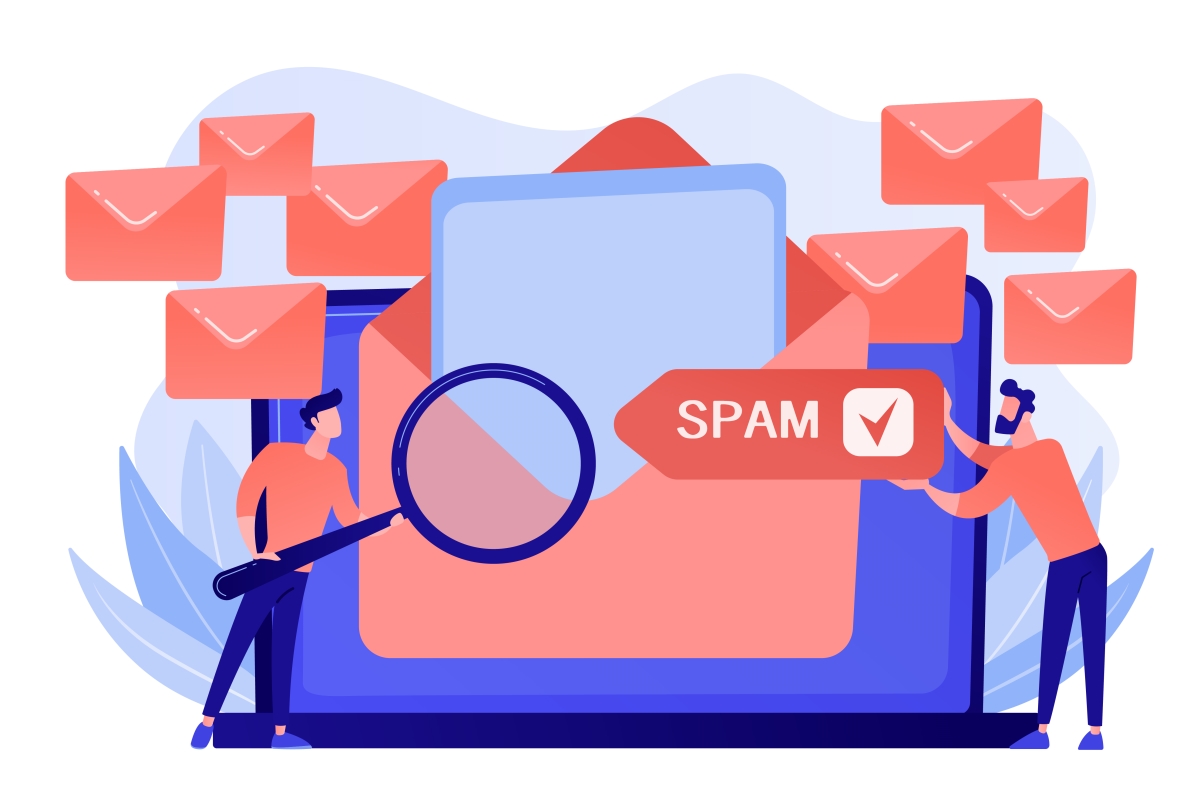
As we navigate through 2024, the digital marketing landscape is undergoing significant changes. The tightening of privacy policies by major email providers such as Gmail, Yahoo, and Outlook is one of the most impactful shifts. These changes have amplified the consequences of high bounce rates, making them more detrimental to your marketing efforts than ever before. In this post, we’ll explore why bounce rates matter so much now, and what marketers can do to protect their campaigns from failing engagement rates.
Understanding the Consequences of High Bounce Rates
A bounce rate refers to the percentage of emails that are returned to the sender because they could not be delivered to the intended recipient. In previous years, high bounce rates were mainly a concern for list management and maintaining sender reputation. However, with the new privacy policies implemented by major email providers in 2024, the stakes are much higher.
Email servers now have stricter algorithms that scrutinise bounced emails more closely. A high bounce rate can quickly lead to your emails being flagged as spam or, in worst-case scenarios, getting your domain blacklisted. This means your emails may never reach the inboxes of your intended audience, drastically reducing the effectiveness of your campaigns.
The Numbers: How High Bounce Rates Impact Your Marketing
To understand the gravity of the situation, let’s look at some recent statistics. According to a study from Email Marketing Metrics, for every 1% increase in bounce rate, there is an average of 5% drop in email deliverability. This is a significant decline that can severely impact your marketing reach and overall ROI. Additionally, eMarketer reports that campaigns with a bounce rate above 5% saw a 10-20% decrease in open rates. This drop in open rates directly correlates to lower engagement, which is a critical factor in maintaining a successful email marketing strategy.
The stricter privacy policies mean that email providers are prioritising engagement more than ever. If your bounce rate is high, it signals to these providers that your emails may not be relevant or desired by your recipients, leading to reduced deliverability across your entire list. In the past, a high bounce rate was primarily a list hygiene issue, but in 2024, it has become a much more significant threat to your marketing success.
How Marketers Can Protect Themselves
Given the new challenges, marketers must take proactive measures to protect their campaigns. Here are some strategies to help you maintain strong engagement rates despite the stricter privacy policies:
- Regular List Hygiene: One of the most effective ways to combat high bounce rates is through regular list cleaning. This involves removing inactive or invalid email addresses from your list. A clean email list is less likely to result in high bounce rates, which in turn helps maintain your sender reputation. You need to be aiming for 96% deliverability minimum.
- Double Opt-In Process: Implementing a double opt-in process ensures that only valid and interested contacts are added to your mailing list. When subscribers confirm their email addresses through a double opt-in process, you reduce the chances of adding invalid emails to your list, which can lead to bounces.
- Real-Time Analytics and Monitoring: Utilise real-time analytics to monitor your bounce rates and overall engagement metrics. By tracking these metrics closely, you can quickly adjust your strategy if you notice an increase in bounce rates, helping you mitigate the risks before they become more severe.
- Segmentation and Targeting: Segmenting your audience allows you to tailor your emails to smaller, more targeted groups. By sending relevant content to specific segments, you’re more likely to see higher engagement and lower bounce rates. This strategy not only improves your email performance but also helps you avoid the pitfalls of high bounce rates.
Conclusion
In 2024, high bounce rates are not just a minor inconvenience—they are a significant threat to your marketing campaigns. The stricter privacy policies by major email providers mean that marketers must be more vigilant than ever in managing their email lists and maintaining engagement. By taking proactive steps such as regular list hygiene, implementing double opt-ins, monitoring analytics, and segmenting your audience, you can protect your campaigns from the detrimental effects of high bounce rates and continue to achieve success in this new, privacy-focused era.
Stay ahead of the curve by adapting to these changes and ensuring that your marketing efforts remain effective in a landscape that is becoming increasingly protective of user privacy.